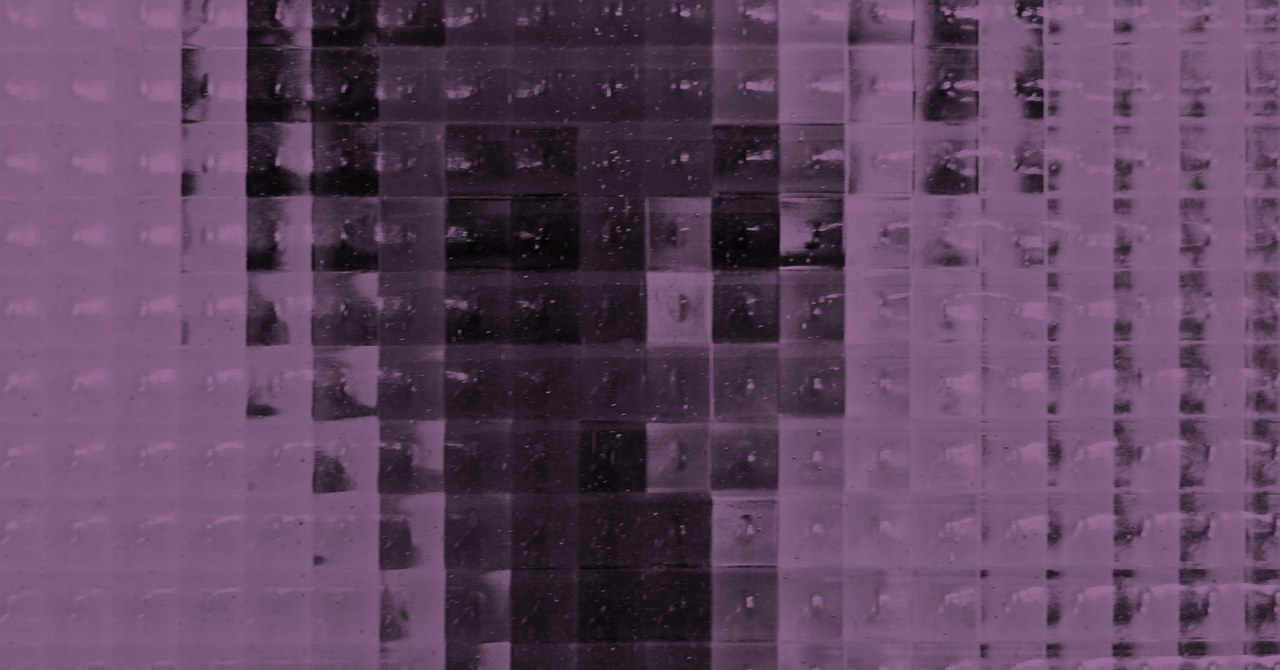This is an argument against nihilism.
It begins with me lying on the floor of my office before class. I’ve brought in an old yoga mat and two one-pound packages of rice, which I’ve wrapped in a canvas Trader Joe’s bag and placed on my chest. I’m taking slow breaths, preparing myself under my makeshift weighted blanket to have yet another overwhelming conversation with students about this unit’s topic, “Information Disorder, or, the Mess We’re In.”
“Mess” is an understatement. We’re barely a month into 2020, and there have already been too many contenders for its most dear-god moment. The White House tweeting a “first snow of the year!” picture on an unseasonably, unnervingly warm winter’s day. Facebook banning misleading manipulated media except in cases of satire, parody, or when a video is edited to omit or change the order of words: a policy best described as a slice of Swiss cheese that’s mostly holes. Donald Trump’s defense lawyers showcasing a bizarre-o world curio cabinet of alternative impeachment facts.
These stories aren’t standalones; they emerge from much deeper problems. A White House that consistently swipes left on basic facts. An attention-economy hellscape in which the largest social platform in the world has all but thrown a prom for manipulators and bigots. A far-right propaganda machine built atop a gaslight factory.
Even more distressingly, none of this is reflective of a broken media ecosystem. It reflects, instead, a media ecosystem that’s working exactly as designed.
The consequences are not abstractions, and they’re not restricted to a handful of researchers or critics. They are sweeping and systemic. And discussions of this information landscape are always just a click away from discussions of the mental health of citizens who are forced to wade through the deluge. Unsure where to look or whom to trust, many question whether paying attention is even worth their time—an outcome that plays right into manipulators’ hands. Flood the zone with shit and people will run away screaming. That’s how you kill a democracy.
All the chaos, all the confusion, all the gloomy foreboding is what prompted me to bring my self-care props to campus. I needed them.
This is new for me. I’ve worked in the academic field of what I variously call “the hell” or “everything that’s terrible” since 2008, when I began researching subcultural trolls on and around 4chan. The issues I identified way back then—particularly the amplification feedback loops that exist between media manipulators and mainstream journalists—are the same ones I talk about in class in 2020. I have a strong stomach for chaos and confusion and foreboding. And yet I’m struggling.
As an example, my work has long required me to speak with reporters about online harassment, manipulation, and harm. No reporter has ever called me for happy reasons; for the past 10 years, they’ve only been in touch when something bad has happened. When someone has been attacked or endangered; when a vulnerable group has been targeted; when hoaxes and falsehoods rage. These conversations were distressing, but I handled it OK. That was my job.
Now when I talk to reporters—and I still talk to reporters constantly—I have panic attacks. They creep up well before the call begins, and last the entire interview. My heart races and I start to sweat. I get shaky and lightheaded. My stomach churns. (Just writing about it now is triggering the symptoms.) The reporter is almost always right there with me, each of us absorbing the other’s anxiety.
By the end of the call, we end up in the same familiar place: bone-deep weariness as we are confronted, once more, with the enormity of the challenges before us, and with the smallness we feel in the face of them. Either one of us will make a joke like, “Well, it was great talking to you,” and we both laugh the laugh that’s actually crying; or else the reporter apologizes for having to talk under such terrible circumstances, and then we both go quiet because what more is there to say. After the call ends, it can take me hours to bounce back, sometimes the whole day. I’ll randomly burst into tears, and there’s a strange feeling of detachment that lingers, like my body isn’t really where I am. I measure the intensity of the call in terms of how many yogas with Adrienne it takes me before I’m able to reintegrate.
It’s worse—no, weirder—in my classroom. During lectures and class discussions, I have the same intense stress responses as I do with journalists—with the added pressure to create an inclusive space for all students across race, gender identity, ability, and, yes, ideology. This means finding a balance between encouraging students to express themselves and not allowing the

